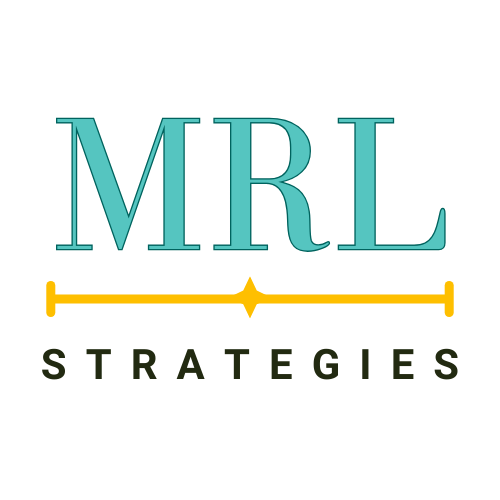Clients & Case Studies
Strategic Partnership. Measurable Impact.
At MRL Strategies, we measure success by what our clients achieve long after the engagement ends. From navigating complex transitions to launching bold new initiatives, we’ve partnered with organizations across sectors to align vision with strategy, infrastructure, and results that last.
Here are a few snapshots of how we’ve helped mission-driven teams move through critical inflection points—and emerge stronger, clearer, and better equipped for what’s next.

Sustainability-Focused Social Enterprise
(Los Angeles, CA)
Challenge
A national sustainability enterprise with both for-profit and nonprofit arms needed guidance in structuring a multi-entity model and developing a cohesive enterprise strategy.
Solution
MRL Strategies provided executive-level advisory through a tailored enterprise design engagement, clarifying the relationship between entities, aligning mission and revenue logic, and mapping a growth strategy that supported both organizational identities.
Result
The organization is working towards becoming a certified B corp and now operates with strategic clarity across entities, an aligned governance approach, and a development roadmap to attract funders and impact investors across sectors.
BIPOC-Serving Industry Network
(New Jersey)
Challenge
A newly launched association serving BIPOC professionals needed support to establish its nonprofit structure, build a membership model, and develop a board ready for strategic growth.
Solution
MRL Strategies guided the organization through key early-stage decisions, including membership tier development, governance strategy, and stakeholder engagement to support expansion.
Result
The association launched with a clear operational foundation, engaged leadership, and a member-centered growth strategy that honors its founding mission while supporting national visibility.

Black-Led Innovation & Experimentation Hub
(Washington, DC)
Challenge
A national Black-led innovation lab was transitioning out of fiscal sponsorship and needed to quickly establish internal infrastructure to support independent operations.
Solution
MRL Strategies partnered with the leadership team to design foundational development systems, including supporting a full CRM data migration, developing fundraising workflows, and producing a custom Standard Operating Procedure (SOP) to guide internal processes.
Result
The organization emerged with streamlined systems, improved data integrity, and a clearer development strategy—positioning the organization for long-term sustainability and increased funder readiness.
Media & PR Agency
(Orlando, FL)
Challenge
A bootstrap startup social enterprise, founded by Black women, aimed to launch a niche PR agency, but needed guidance on business planning and refining its minimum viable product (MVP).
Solution
MRL Strategies partnered with the founder to build a lean business model, refine the service portfolio, and develop an MVP roadmap to test offerings and attract aligned clients.
Result
The agency soft launched with strategic direction, greater market clarity, and a tailored service model aligned with its mission to elevate the voices of high-profile Black women in public life.



